
Flour is one of the most classic kitchen ingredients. It plays crucial rules in many of the dishes we love, including fried foods, cake, pasta, and much much more. Whole wheat flour is especially desirable, as it contains more nutrients, texture, and flavor than regular white flour, while also being less refined.
Still, whole wheat flour doesn’t work well for every situation. It’s a poor choice if you’re gluten intolerant and sometimes you just might not have any on hand. Thankfully, whole wheat flour is replaceable. The trick is to find products with similar properties, ones that match the texture and flavor you’re looking for.
Finding the right ingredient isn’t too difficult, as there are many substitutes for whole wheat flour, including other types of wheat flour like all-purpose flour and self-rising flour, along with flour made from other ingredients, like teff flour, rice flour, and coconut flour. While these alternatives can be effective, it’s important to pay attention to their differences.
For one thing, some of the flours on this list are gluten free. That’s a great feature if you’re gluten intolerant, but the lack of gluten means baked products will typically be denser and more crumbly than normal.
Then there’s the flavor to think about. Wheat flour has an interesting nutty flavor and more texture than white flour. If those are features you want, then you’ll need an equivalent wheat flour alternative. Some of the ones on this list do, while others don’t.
Substitutes For Whole Wheat Flour
Oat Flour

Oat flour is an obvious substitute for whole wheat flour because both are made using whole grains. The substitution is an easy one too, as you can replace a cup of whole wheat flour with roughly 1 1/3 cups of oat flour.
The flour has many interesting features, such as making cookies chewy and providing a delicious caramel-like flavor to many recipes. However, some experimenting may be needed to find the right balance of dry and wet ingredients.
This is also an excellent choice if you have allergies, as oat allergies are uncommon (compare that to nut or coconut allergies, which occur much more often).
Oats themselves are gluten free as well. However, you should choose the flour carefully, as oats can be contaminated with gluten. Look for companies that state their oat flour is gluten free and regularly test it to ensure there’s no contamination.
Rice Flour

Brown rice flour is an especially good substitute, as it has some of the flavor and texture that you find with whole wheat flour. It’s also a very common gluten free flour, so you’ll see it used in countless recipes. In particular, brown rice flour works well as a thickening agent, for breading, as a binder, and even in baking.
That said, if you’re baking, you may want to include other flours in the mix too. You normally need multiple types of gluten free flour to fully mimic the properties of regular flour. Thankfully, there are tons of decent products and recipes out there.
While brown right flour is most obvious as a replacement for whole wheat flour, you could use white rice flour instead. This has less flavor and texture than brown rice flour, but is still useful in a pinch.
Just be sure to avoid anything marketed as sweet rice flour or glutinous rice flour. This type of flour is made using cooked rice and has its own distinct properties. While the flour is useful in desserts like mochi, it doesn’t work well as a regular flour replacement.
Buckwheat Flour

Buckwheat flour sounds much like a variation on wheat flour, but that’s not the case at all. Buckwheat is actually a gluten free seed instead, one that offers plenty of protein and fiber.
It’s an excellent alternative for flavorful recipes, as buckwheat has a delicious flavor and a nutty aftertaste. It is also a very dark flour, which looks amazing in some recipes (including pizza dough!). You could also mix it with another type of flour from this list to make the color and flavor a little less intense.
Coconut Flour

Coconut flour is simply made from coconut meat that has been dehydrated and ground. It’s generally minimally processed and doesn’t contain added ingredients. These features make it sound amazing, especially if you’re trying to avoid processed ingredients.
There are some issues though.
First, coconut flour has a mild coconut flavor, unlike whole wheat flour’s nutty flavor. This difference can have noticeable impacts on your baking.
It’s also tricky to swap coconut flour in for whole wheat flour. The flour doesn’t contain gluten and is more absorbent than wheat flour, so it’s not going to behave the same way in your baking. To make the substitution, you’ll typically need less flour than the recipe calls for. You may also need to add an egg for extra structure and moisture.
Almond Flour

Almond flour is still one of the most famous flour substitutes. It’s most often used to replace all purpose flour, but you could use it instead of whole wheat flour as well.
The flour is notable because it offers plenty of nutrients and has an appealing flavor. It’s also much lower in carbs than wheat flour, which is great news for your health.
You can often use almond flour as a 1:1 replacement for whole wheat flour. However, your baking will often be denser because there isn’t any gluten present. You may also need to experiment with the amount of liquid in your recipe to ensure it turns out well.
We can’t forget about almond meal, which is made from grinding unpeeled almonds. While this is typically coarser than almond flour and has a more bitter flavor, it can work well in some recipes.
Chickpea Flour

Chickpea flour doesn’t have the same flavor and texture as whole wheat flour. It’s a great substitute for a different reason – its binding properties. In particular, chickpea flour binds better than most other gluten free flours, helping you get the texture you want.
Sometimes you’ll use chickpea flour as the only type of flour, while other times, you might combine it with other types of gluten free flour. Combining multiple types of flour like this gives you the features of various ingredients, often with the best possible outcomes.
Teff Flour

Teff is considered an ancient grain, which means it hasn’t been through much selective breeding. As such, it is much more like its ancestral form than extensively cultivated grains like wheat. This distinction could make teff a healthier grain (and certainly makes it more interesting).
Teff flour and whole wheat flour are similar in that both are considered whole grain flours. However, teff flour is gluten free, which can make it a more attractive choice.
There’s another feature to consider- the flavor. Teff flour has a nutty and earthy flavor profile, with an intensity that varies based on the type of teff you choose. Go with white teff if you want the mildest flavor or experiment with red or brown teff for something more exciting.
You could potentially replace the whole wheat flour in your baking with teff flour. If so, you’ll generally need 1/4 cup of teff flour for each cup of whole wheat flour in your recipe. Doing so will give you less rise and your baking will be denser than the original version, but should still taste good. You can also use teff flour as part of a gluten free flour mix or instead of some of the whole wheat flour in your recipe.
Barley Flour

Barley flour is an interesting addition because barley isn’t a gluten free grain. It contains less gluten than wheat, but there’s still gluten present. Whether this is good or bad depends on what you’re looking for.
In particular, the presence of some gluten means that the flour will behave more like whole wheat flour than any of the gluten free options on this list. Plus, people who are only slightly sensitive to gluten may still be able to consume the flour. Barley flour is also made from the whole grain, so the flavor is similar to that of whole wheat flour.
When making the substitution, you’ll generally use less barley flour than whole wheat flour (as barley flour is denser). You may also need to experiment with the amount of liquid vs flour, as the ratios will vary depending on your chosen recipe.
Gluten Free Mixes

While some recipes do use a single type of flour, such as coconut flour or almond flour, many others rely on multiple types of flour instead. Doing so makes the mix more versatile.
There are even some options designed specifically to mimic the flavor and texture of whole wheat flour, like this Whole Wheat Gluten Free Flour Substitute Recipe from seriouseats.com. The recipe uses six types of flour, plus guar gum and milk powder to create surprisingly familiar properties.
You could also look for premade mixes, especially those designed for baking. This field has become huge in recent years, so there’s no shortage of brands to choose from, some of which create half a dozen or more different flour blends. King Arthur Flour and Bob’s Red Mill are both excellent mainstream brands to get you started.
Self-Rising Flour

Self-rising flour is basically all purpose flour with baking powder and a little salt. This means you can easily use self-rising flour instead of all purpose flour in many recipes that include baking powder.
When doing so, you’ll want to reduce the baking powder in your recipe – by 1 1/2 teaspoons for every cup of flour used. If the recipe calls for baking powder instead, you’ll want to reduce the baking soda amount by 1/2 teaspoon per cup instead.
If your recipe calls for both baking powder and baking soda or doesn’t have leavening agents, you should probably skip the self-rising flour. There are better substitutes for those situations.
Of course, self-rising flour is a type of white flour, so it contains less fiber and tends to make dishes lighter than wheat flour would. It also contains gluten, so it’s only relevant if you can consume gluten without side effects.
Other Types Of Wheat Flour
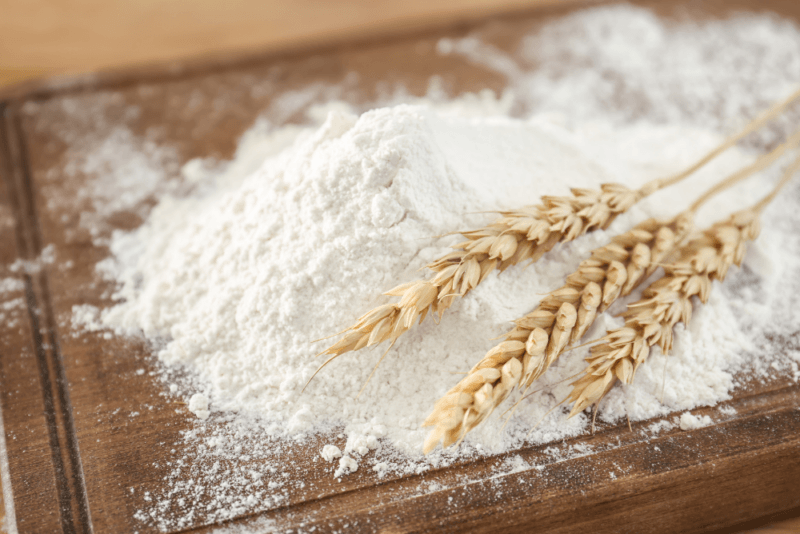
Similarly, you could turn to any type of wheat flour, such as cake flour, bread flour, or all-purpose flour. These are all made from hulled wheat, so they don’t have the coarse texture and nutty flavor found with whole wheat flour.
The amount of protein and gluten also varies between the different types of wheat flour, leading to different outcomes. Still, the properties are similar enough that you’ll normally be able to make a 1:1 substitution.
Which Whole Wheat Flour Substitutes Are Right For You?
Best Low Carb Whole Wheat Flour Substitutes
While flour substitutes are generally high in carbs, there are exceptions. Almond flour and coconut flour are popular go to options here. Not only are these low in carbs, but they’re also easy to find. Almond flour contains fewer carbs of the two, but coconut flour can still work well in small servings. It’s even found in many keto recipes.
Other possible low carb options include flaxseed flour, pumpkin seed flour, and hazelnut flour. These are still viable options, even though they don’t have the same features as whole wheat flour.
Best Gluten Free Alternatives To Whole Wheat Flour
Almond flour, coconut flour, rice flour, and chickpea flour are all viable gluten free alternatives. You can also turn to gluten free mixes, which include two or more types of gluten free flour. These are typically the best option, as using multiple types of flour helps to balance the properties of the flours and provide better outcomes.
The Healthiest Whole Wheat Flour Substitutes
Teff flour is a healthy choice, as it’s gluten free, high in nutrients, and has a low glycemic index. It’s also less processed than many other options. Almond flour is considered healthy because of its nutrient content as well. However, it’s important to be cautious here, as almond flour is surprisingly high in calories.

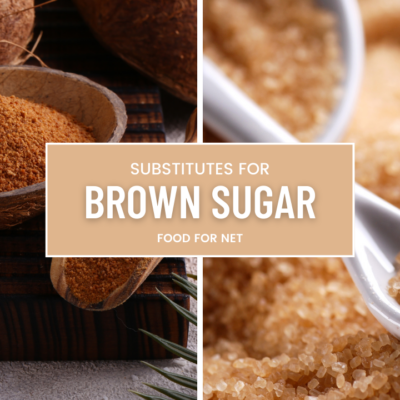
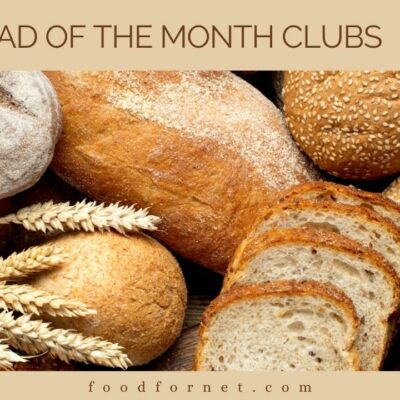



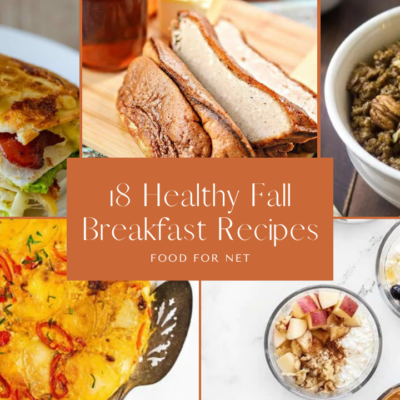
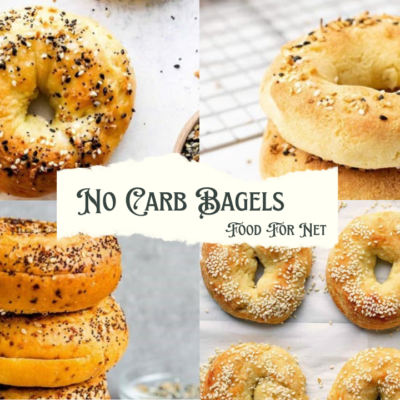
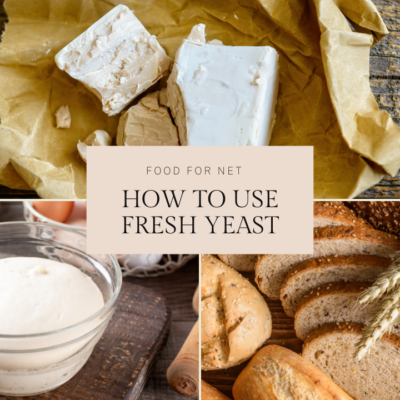






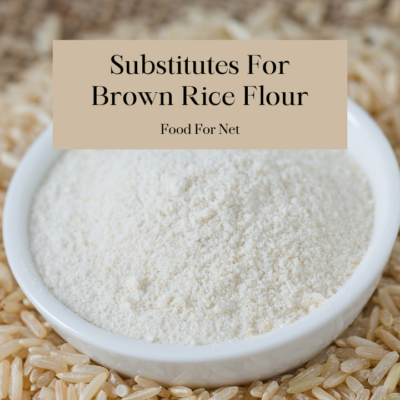
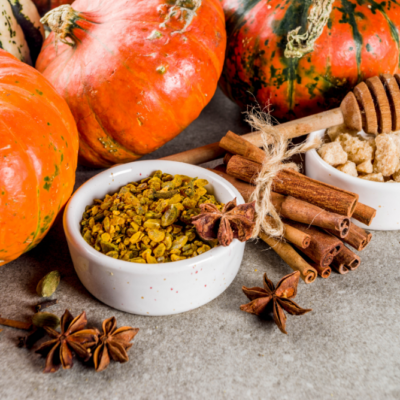
 Substitutes For Brown Rice Flour
Substitutes For Brown Rice Flour